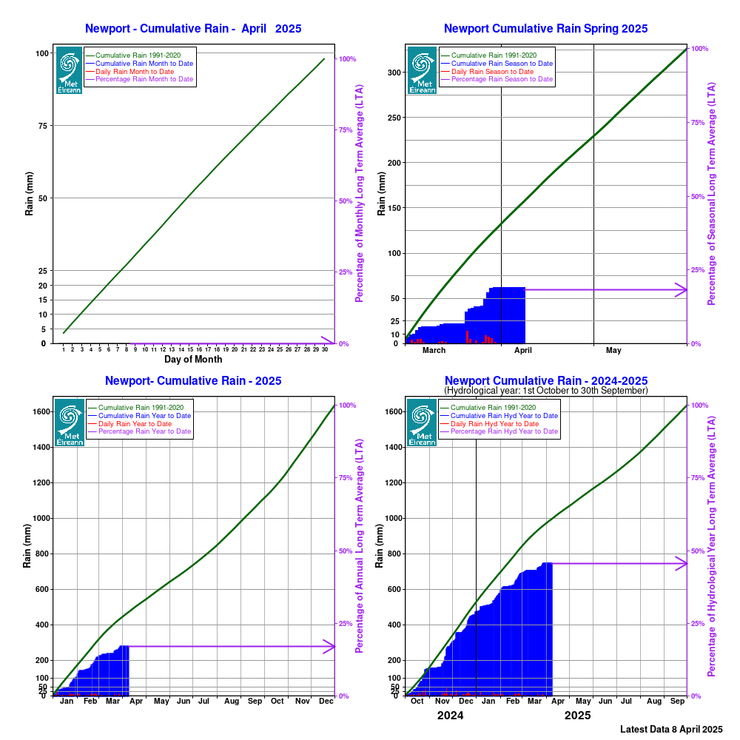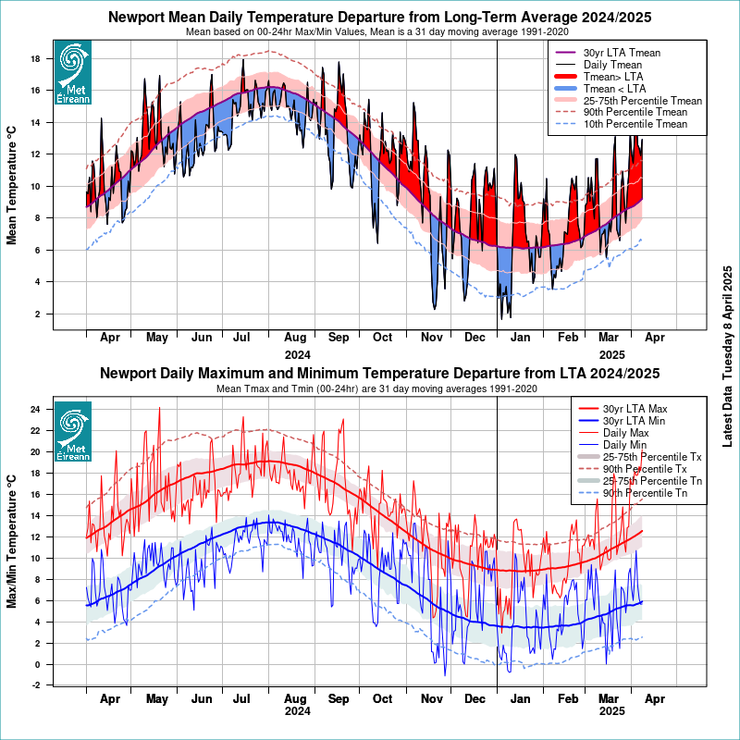A new study of forests suffering from climate change has suggested that forests in typically wet climates may be more vulnerable than those already adapted to drier environments. That's my premise with vines: the roots remain shallower in wetter regions, whereas in drier regions they have to grow deeper to find water.
I don't know if that's been proven, but it's why the first couple of years, we let the vines grow very long above ground, hoping that would encourage them to grow equally long roots below ground. We had 6 weeks with almost no rain early this year followed by 6 weeks of extraordinary rain and the vines thrived. So I am hopeful that my strategy for adaptation to a shifting climate worked.
Drought sensitivity in mesic forests heightens their vulnerability to climate change
ROBERT HEILMAYR, JOAN DUDNEY, AND FRANCES C. MOORE
SCIENCE
7 Dec 2023
Vol 382, Issue 6675
pp. 1171-1177
DOI: 10.1126/science.adi1071
Editor’s summary
The increase in drought conditions caused by climate change threatens tree growth and survival. Heilmayr et al. investigated whether trees are most stressed by drought in relatively wet or dry regions. In drier areas, trees increasingly experience more severe conditions but may also be better adapted to withstand drought. Using tree ring measurement records from more than 100 tree species, the authors found that trees growing in the wetter parts of their range are more drought-sensitive, and hot, wet regions are predicted to have the greatest declines in growth under future climate change. Therefore, land management and policy focused solely on drought effects in drier regions will underestimate climate change vulnerability in forests. —Bianca Lopez
Abstract
Climate change is shifting the structure and function of global forests, underscoring the critical need to predict which forests are most vulnerable to a hotter and drier future. We analyzed 6.6 million tree rings from 122 species to assess trees’ sensitivity to water and energy availability. We found that trees growing in wetter portions of their range exhibit the greatest drought sensitivity. To test how these patterns of drought sensitivity influence vulnerability to climate change, we predicted tree growth through 2100. Our results suggest that drought adaptations in arid regions will partially buffer trees against climate change. By contrast, trees growing in the wetter, hotter portions of their climatic range may experience unexpectedly large adverse impacts under climate change.






